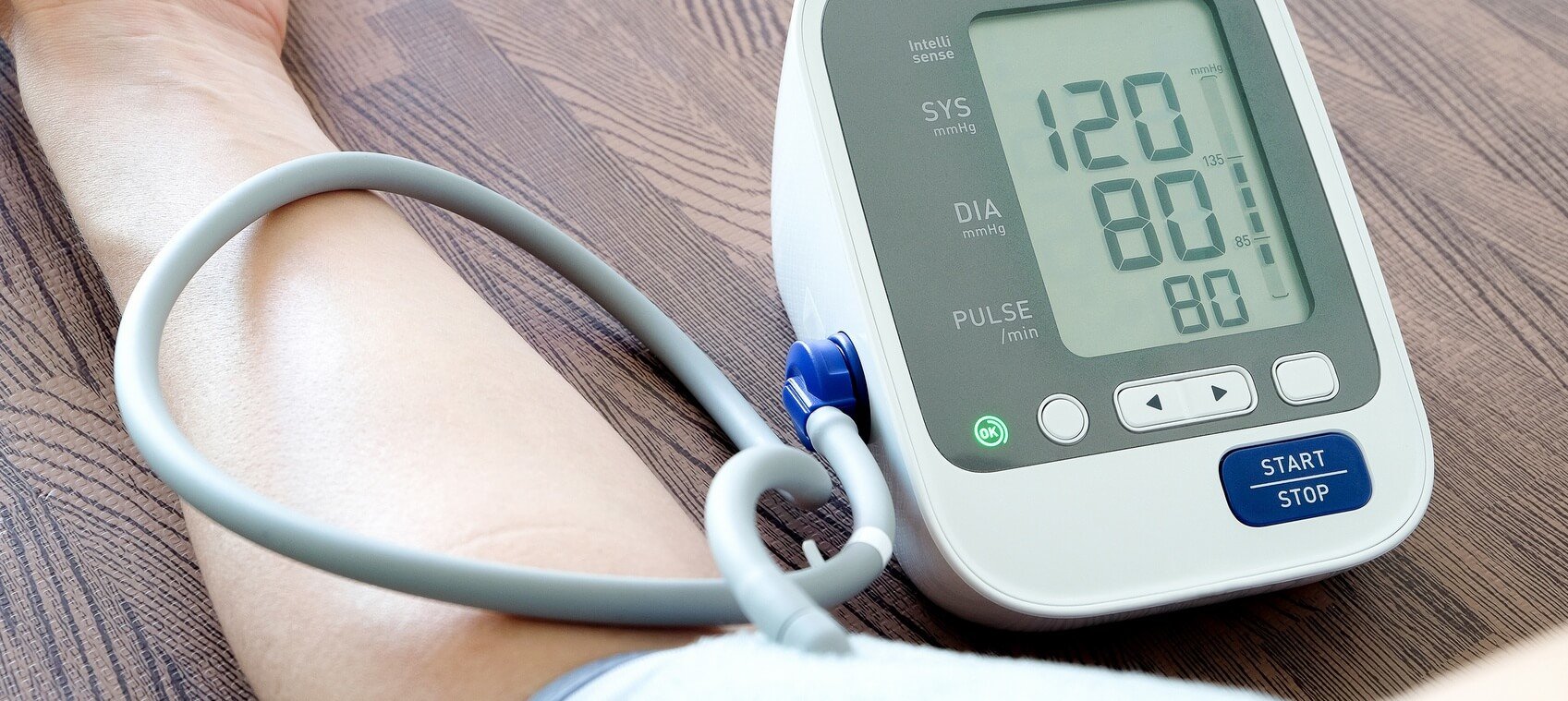
Many doctors will tell you that a blood pressure reading of 120/80 mmHg is normal, in fact “textbook perfect.” But research has shown that this reading doesn’t put you in the safe zone.
To reduce your high blood pressure risk factors, you want to lower your reading to below 120/80 mmHg.
Getting your blood pressure into that healthy range reduces your health risk factors significantly. Research presented at the American Heart Association’s Council on Hypertension 2016 Scientific Sessions, concluded that lowering systolic blood pressure (the topline number) to below 120 would save more than 100,000 lives per year in the United States.
Here’s why even slightly elevated blood pressure can be risky…
High Blood Pressure Damages Your Arteries
Uncontrolled high blood pressure damages the sensitive inner layer of your arteries, called the endothelium. This is the layer of cells responsible for making chemicals such as nitric oxide, which keep your blood vessels flexible so they dilate as they should.
Left unchecked, damage to the endothelium results in inflammation, and eventually atherosclerosis (narrowing of the arteries)—because as high blood pressure damages your endothelium, your body sends cholesterol to repair that damage.
Over time, cholesterol accumulates in your arteries, forming plaque that slowly hardens and narrows your arteries. This sets the stage for several high blood pressure risk factors including: heart disease, plaque rupture, blood clots, and serious cardiovascular events, such as heart attack and stroke.
It Also Ups Your Stroke Risk, Dramatically
One of the most dangerous risks of high blood pressure is that it increases your chance of having a stroke. Even slightly elevated numbers can put you in the danger zone.
Researchers at Southern Medical University in China examined results from 19 previous research studies on stroke risk and hypertension. What they found is that those who had a blood pressure reading of 120/80 mmHg were at a 66% greater risk of having a stroke than those with lower blood pressure levels. This was true regardless of other risk factors like smoking and diabetes.
The higher the blood pressure, the greater the stroke risk. Those at the high end of pre-hypertensive—meaning they had a blood pressure over 130/85 mmHg—had a 95% higher stroke risk than those with normal blood pressure.
Plus, High Blood Pressure Strains Your Heart
The greater your blood pressure, the harder it is for blood to flow through your body. That means your heart, the pump at the center of it all, must work harder to keep your blood moving.
As with any muscle that you work extra hard for a long time, the heart will enlarge. Unfortunately, an enlarged heart is an unhealthy and less efficient one—and can lead to heart failure.
How can you protect yourself from high blood pressure risk factors?
Check Your Numbers Regularly
High blood pressure is called the “silent killer” because very often people who suffer from it have no symptoms at all.
Sometimes unexplained headaches can be a sign of high blood pressure levels, and occasionally flushing—that sensation you get when you feel heat, or get red, in the face—can be a symptom.
But most people with hypertension feel completely normal. Unless they have their blood pressure checked regularly, they don’t even know they have a problem.
Reduce Your Risk Factors
If your blood pressure is elevated, it’s important to reduce your high blood pressure risk factors, such as excess weight and high blood sugar. Plus, there are many things you can do to help lower your blood pressure naturally.
- Balance your sodium and potassium intake. For healthy blood pressure, you want to eat up to 2.8 grams of sodium per day. You also want to eat 3,000 to 4,000 mg of potassium daily, if you don’t have kidney issues. Potassium helps to bring blood pressure down by relaxing the arterial walls and helps to prevent strokes and heart attacks.
- Exercise. Studies show that moderate exercise—such as walking, dancing, or playing golf—can reduce blood pressure levels significantly.
- Eat garlic. Garlic acts as a natural ACE inhibitor, helping to lower high blood pressure. Strive for a clove a day.
- Take an omega-3 oil (1 to 2 grams daily). Omega-3s help to decrease inflammation that can lead to high blood pressure. Some of the best food sources of omega-3s include wild salmon, flax, walnuts, chia seeds, and sardines.
- If you smoke, quit. Many of the chemicals in cigarette smoke, including nicotine, can damage the lining of your blood vessel walls and raise your blood pressure.


